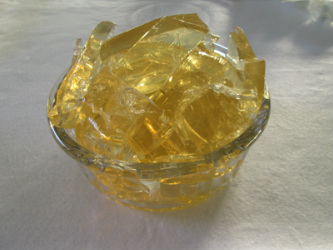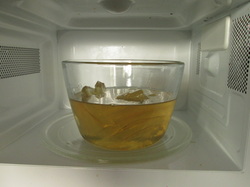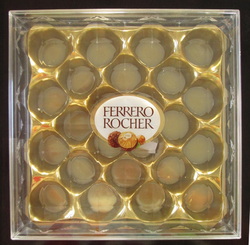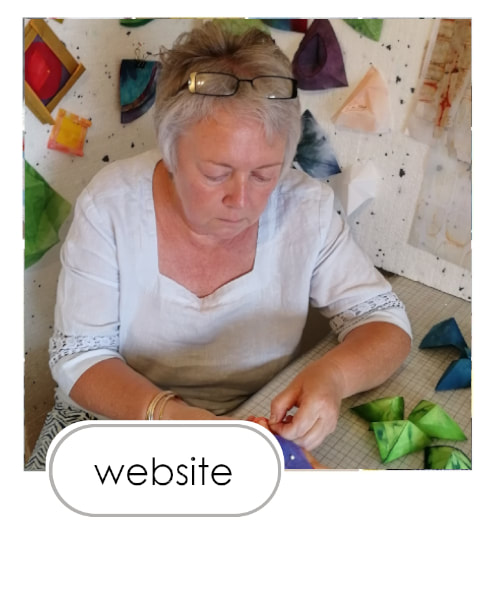 This plate seems to be remarkably strong and resiliant - much more than plates I have made in the past using just gelatine and water. It was easy to wash off after I had finished using it by simply putting it into the sink and running cool water over it. It did not crack or tear and the edges are still very firm. I love it! However, I decided to take the chance to see how easy it would be to melt it down and reform it into a 'new' block should it begin to break down, rip or split.  So - I took my lovely new block and ripped it up into pieces. I was surprised at how firm and strong it was. I put it into a glass bowl and popped it into the microwave. I heated it for 4 minutes on medium power until it was liquid again.  I then poured it into a new container - a slightly smaller and more square shaped plastic box with a removable lid. It once held those little chocolates the ambassador is so fond of! I think it will be easier to store the plate in a box with a lid to keep off dust. Hopefully it will be easy to take the plate in and out of the box for use. I will soon see! Tomorrow I will begin to stitch some of the squares using the fabrics I made today. |
|





